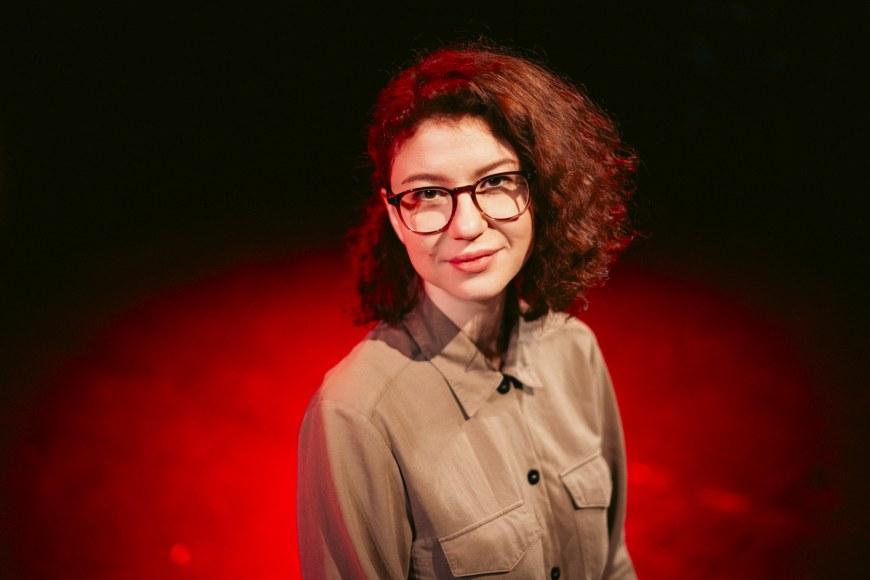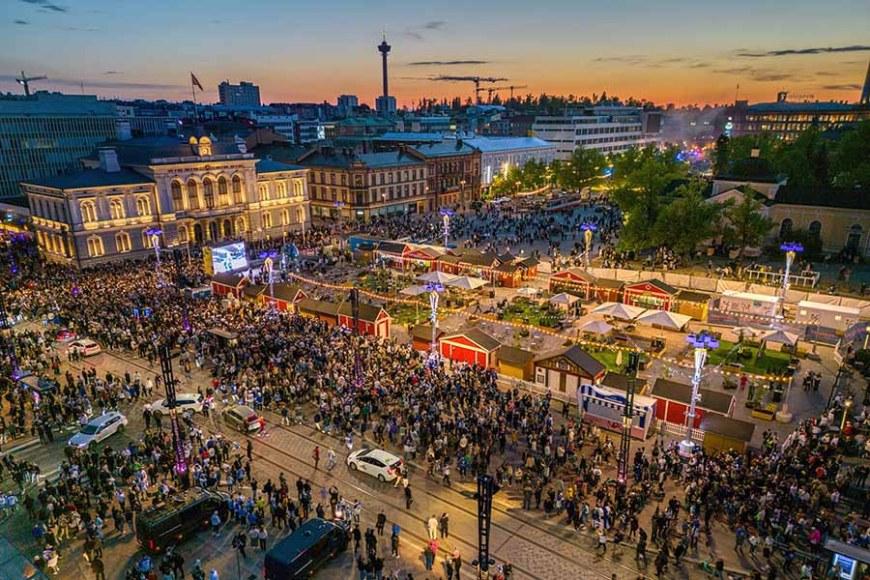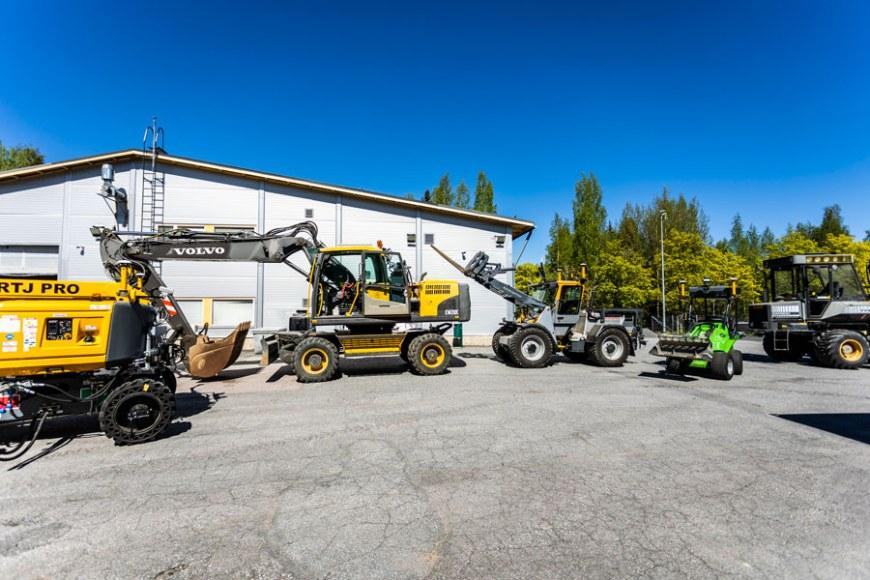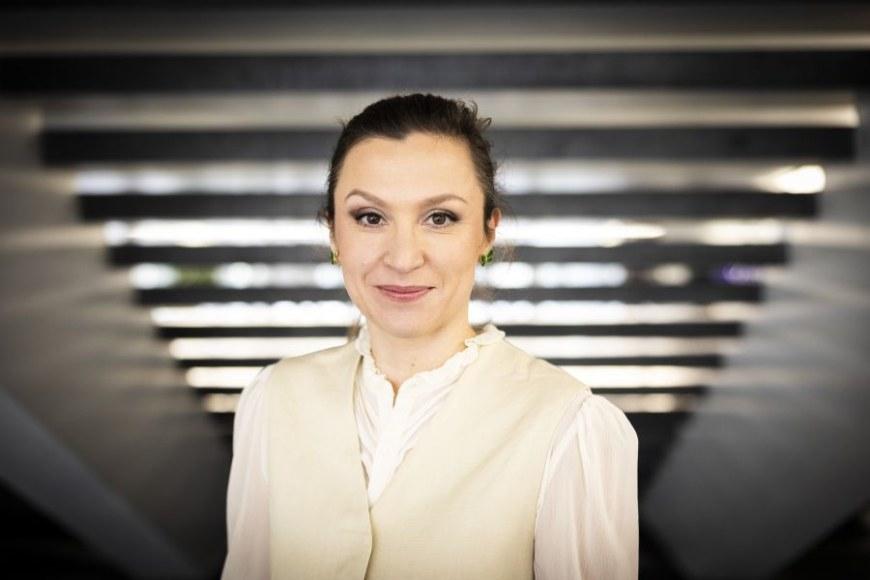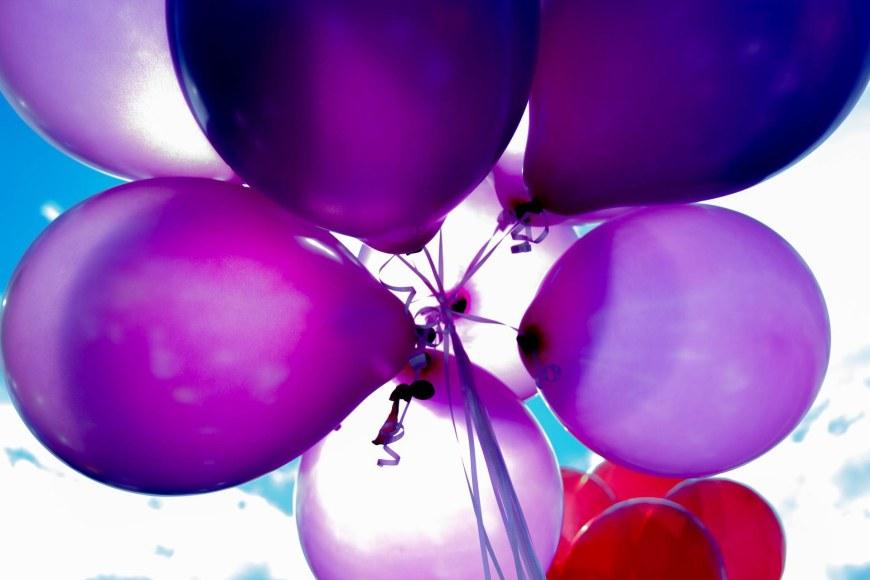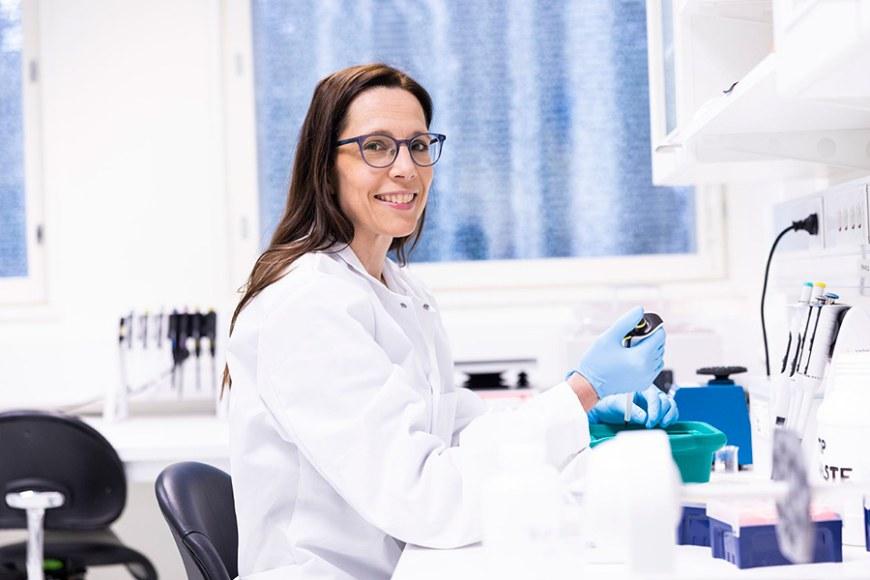International research project highlights the success stories of refugee youths
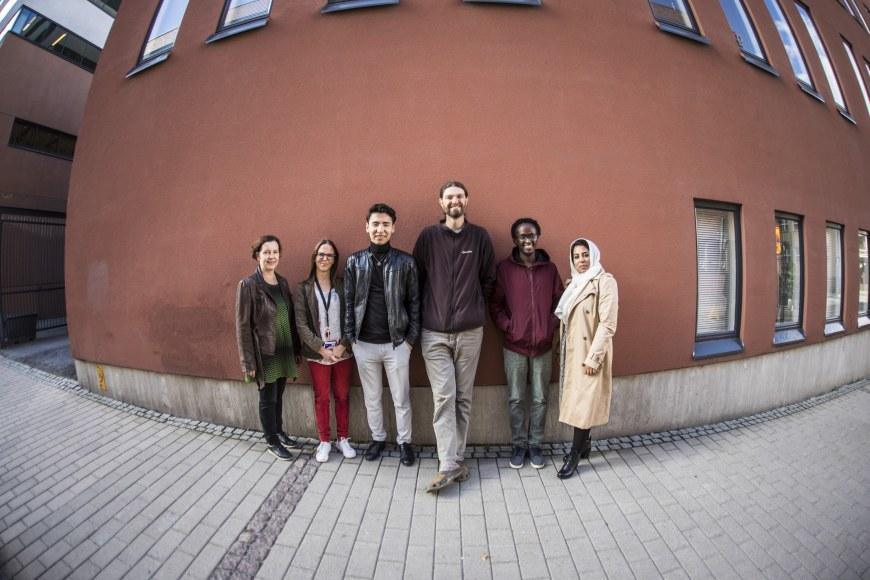
“Research on migration and especially on forced migration is rather problem-oriented. A great deal of research has been made on the barriers to integration and employment of young people. In this study, we want to understand what happens in the lives of young refugees when, as adults, things start to go well and their everyday life begins to flow,” says Mervi Kaukko, associate professor of multicultural education at Tampere University, who leads the project with Ravi Kohli (University of Bedfordshire, UK).
The research project Relational Wellbeing in the Lives of Young Refugees in Finland, Norway and the UK, located in three countries and five research institutes, received funding of NOK 13 million (approximately €1.3 million) from the joint Nordic research funding organisation NordForsk. The research project was selected as one of seven from among 200 applicants in the Joint Nordic-UK research programme on Migration and Integration.
The four-year project employs nine researchers, doctoral researchers and research assistants in Finland, Norway and Britain. Artists and art therapists also work in the project. In addition to Tampere University, the Turku-based Migration Institute of Finland is involved, with senior researcher Marja Tiilikainen as the responsible researcher. The project’s Norwegian partners are the NORCE Research Institute and Western Norway University of Applied Sciences, and the British partner is the University of Bedfordshire.
Art helps to communicate to a wider audience
The research project is ground-breaking in its methods and point of view because of its use of art produced by the refugees. From each of the three countries, a group of 16 young people will be gathered in art workshops, with 8 women and 8 men in each group.
“The great thing about this project is that it offers a new perspective on immigration and highlights the fact that things change and develop over time. Another great feature is the methodological approach, that we do things together with the young people. The art workshops are something new and exciting. We do not know much yet about what will come of it, but it will probably open up something new compared to traditional data collection,” says Tiilikainen.
Kaukko believes that art can be used to reach larger audiences than conventional research.
“A big part of this project is to get the message out to a wider audience beyond the world of research, and to strengthen dialogue. There are other projects that use art, but here art is involved from start to finish as a method and a means of communication. We hope that it will provide access to information that is difficult to express in the form of speech or text, and that art will provide an easily accessible means of communication about our study. I imagine that the results will be great,” Kaukko says.
In the art workshops, young people make artworks that reflect their relational well-being in three different moments: the past, the present and the future. Young people bring to the first workshop an object that describes their current well-being. During the workshop, they reflect on the object’s significance and produce a work of art about it with the support of an art therapist. The results will be photographed, and then these photographs will be assembled into an exhibition, which will go on tour in three countries. The first exhibition will be held in Scotland.
“The aim is to follow the life of this small group of participants for several years. This gives us a way to see how their lives and thoughts develop,” Kaukko notes.
Young ambassadors help to get things started
The researchers are assisted by young immigrants who have lived in Finland for a longer period. These young ambassadors have personal experience about what it is like to come to Finland and what positive things can be found in that process.
Latif, who is from Afghanistan, says that he has experienced Finnish language courses and preparatory courses as particularly good things. They have helped him integrate into the Finnish school system. These have also been useful for Nasteha from Somalia.
Narges, who came from Iran, thinks that it was a good experience to be able to gradually become independent here in Finland since she arrived as a minor. She has learned about practical things like the use of money and study opportunities. With this support, she has been able to move towards adult life and make decisions about her future.
Imran, who came from Somalia, says that the media play a prominent role in how Finns perceive immigrants. He thinks the media should show that immigrants are not only a problem, but also do many positive things.
Imran says that, in Tampere, he experiences situations every day in which he is considered only as a problem.
“People make hostile comments without knowing who I am and what I do. When I go out, people ask me why I am in Finland, do I work or study or am I here to take their money and women? People should be taught that those things are not the real reasons for immigration,” Imran says.
According to Imran, immigrants themselves also have the responsibility to ensure that people receive correct information. Furthermore, the responsibility is shared by the media and the school system.
Narges says that a lot depends on how immigrants themselves behave with Finns. Finns cannot know what life has been like in the immigrant’s home country.
For Finns concerned about where their taxes go, Narges wants to say that immigrants also start paying taxes as soon as they have the opportunity to study, graduate and get a job.
Latif points out that there are also good and bad people among immigrants. That is why one should look at people’s personality, not their nationality.
Not heroics but everyday successes
The new study is not looking for heroic stories or miracles.
“We want to highlight more mundane success stories that show that building everyday life can go smoothly, and that even if it is not always particularly great and glorious, it is still good, and these young people will become part of Finnish society,” Kaukko says.
She emphasises that the more discussions immigrants have with other Finns, the less prejudices there are based on false information.
Imran wants to add that Finns are not all bad. You cannot know all five million Finns or even all immigrants.
“The people who cause problems are black sheep regardless of whether they are Finns or immigrants. However, you should not concentrate on bad people only,” Imran says.
According to Imran, we could talk about positive things instead of the bad things highlighted by the media.
“There are many immigrants who have studied, worked, raised their children and reached the upper echelons of society. Many people are overshadowed by the fact that a few people make mistakes, but everyone are judged by it. That is not fair. There are good people among both Finns and immigrants. It would be good if this was understood in education too,” Imran points out.
Researcher Fath E Mubeen says this research project is about joy. In the starring roles are people who have experienced many things in their lives and have then arrived in an entirely new society.
“The question at hand is about what makes young people happy, how do they contribute to the happiness of others and how does the happiness of others affect them. These give opportunities for life. This project is unique in that we are now talking not only about problems, but also about how past problems can be turned around to enable a better life,” Mubeen says.
Kaukko emphasises that there is no clear cause-and-effect relationship that will make difficult experiences in the past necessarily lead to things also going wrong in the future.
“Even though there will surely be difficult circumstances in the future, too, we will use this study to understand better how refugee youths themselves, and the people close to them, can contribute to building a good life in the new home country,” she notes.
Text: Heikki Laurinolli
Photograph: Jonne Renvall
The study can be followed on the website https://www.drawingtogetherproject.org and Twitter @TogetherDrawing.
